Keizo Koyama Museum of Art : Designed by Togo Murano
After listening to a lecture (The World of Animal Painter Masayuki Yabuuchi) in Komoro City, I took a walk around Komoro Castle Site Kaiko-en. The photo shows the San-no-mon Gate.
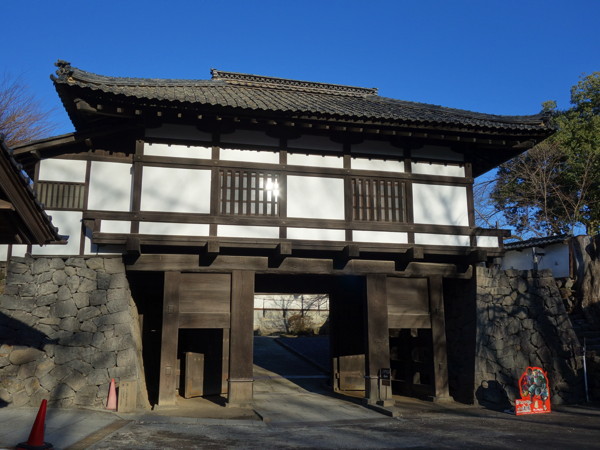
There are two ways to enter Kaiko-en: 300 yen if you just want to walk around the park (including the zoo), and 500 yen if you want to see all the facilities in the park (Keizo Koyama Museum of Art, Chokokan, Toson Memorial Hall, and Komoro Gijuku Memorial Hall).
It was already 15:20, and although it would be impossible to visit all four museums, I decided to give priority to Keizo Koyama Museum of Art first and bought a common ticket.
Keizo Koyama (1897-1987) was a Western-style painter from Komoro City. He is famous for his paintings of Mt. Asama, such as “Beni-asama” and “Asama-yama Zansetsu” and “Shirasagi Castle".
The museum is about 500 meters away from the tollgate in front of the San-no-mon, so walk there.
When I got close to the museum, I saw “Tora-san" was there! What are you doing here? (It seems that the museum is called “Tora-san Kaikan,” but it has already closed.)
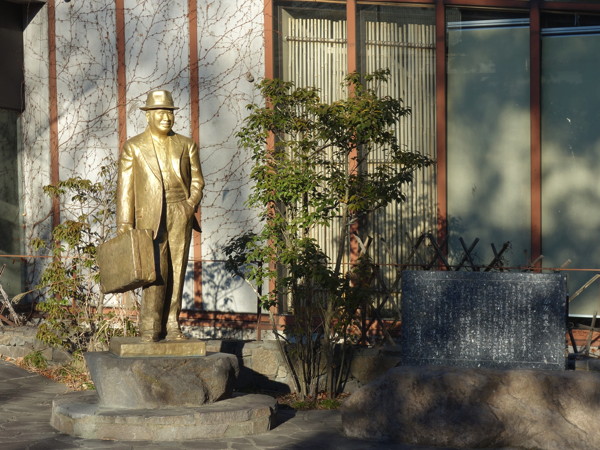
There is a sign for the museum nearby.
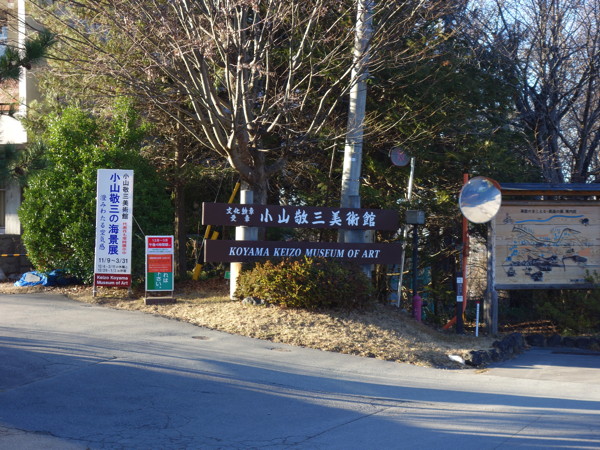
Various stones are lined up in a row. There are “serpentinite,” “pyroxene,” “small Asama lava,” “black speckled lava,” “Oozasa lava,” etc. If you are interested in geology, you might see them, but I didn’t. By the way, what is “Iroha Hideo Gappa”?
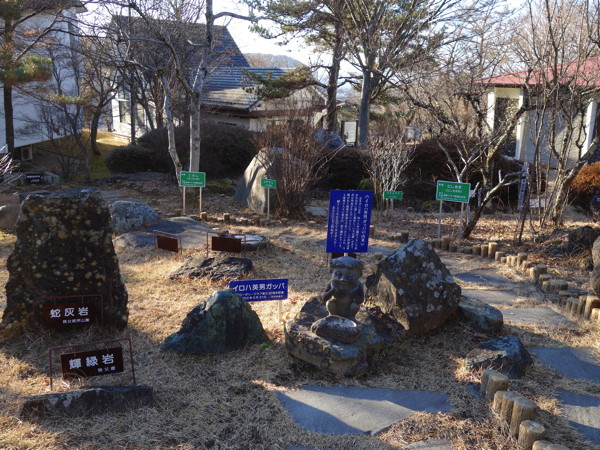
This is the entrance to the museum. There were no other visitors besides me. It was a private tour.
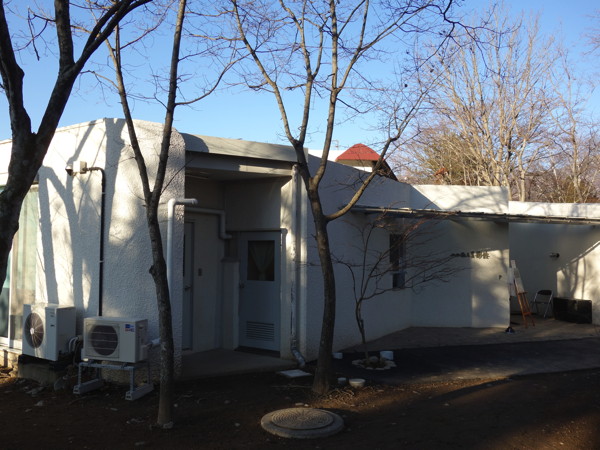
After having my ticket cut, I received a postcard.
It is a postcard of his painting “Alcantara Bridge" (1926). The bridge is in Toledo, Spain.
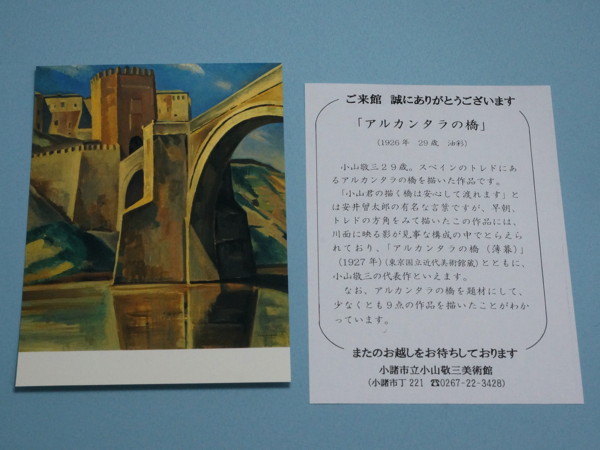
Keizo Koyama went to France in 1920 and returned to Japan in 1928.
In the first exhibition room, there were landscapes and portraits painted during his stay in Europe, as well as paintings of Mount Asama and Shirasagi Castle painted in Japan.
The floor of this room is sloped, and the deeper we go, the lower the floor becomes.
The second exhibition room is a special exhibition entitled “Keizo Koyama’s Seascapes". This room is much smaller.
Now that I have seen everything, let’s go outside. Now look at the building.
This museum, which opened in 1975, was designed by Togo Murano.
This picture may be very confusing, but this is the back of the building, outside of the first exhibition room.
The floor is floating and there was a space underneath.
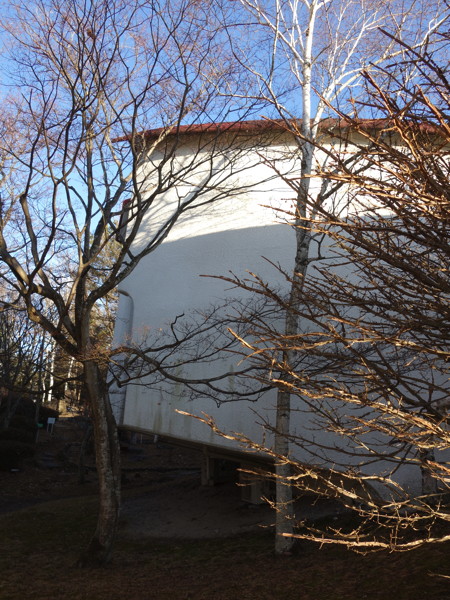
In that space is the outdoor unit of an air conditioner.
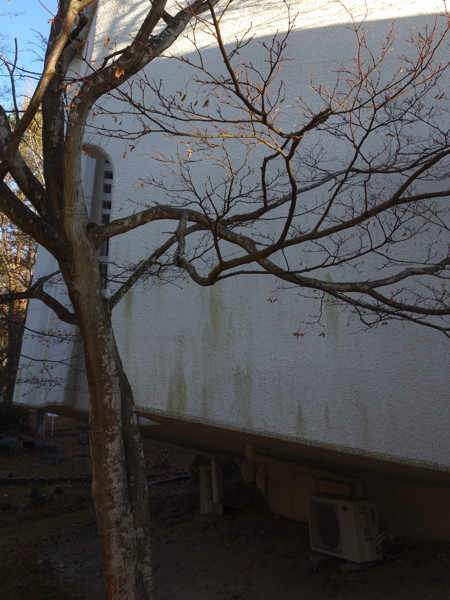
The building was shaped like this. It was so unexpected that I couldn’t help but laugh.
This is the outside of the second exhibition room.
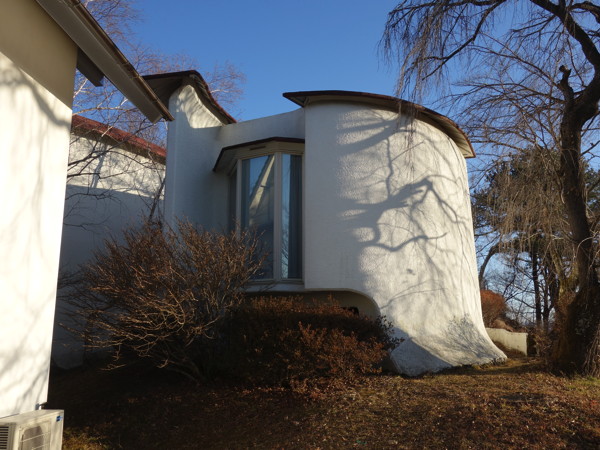
I would have tried to capture the whole building, but there is another building nearby, and if I move away from it, the slopes down toward the Chikuma-gawa River, so I took this photo from this position and walked back the slope.
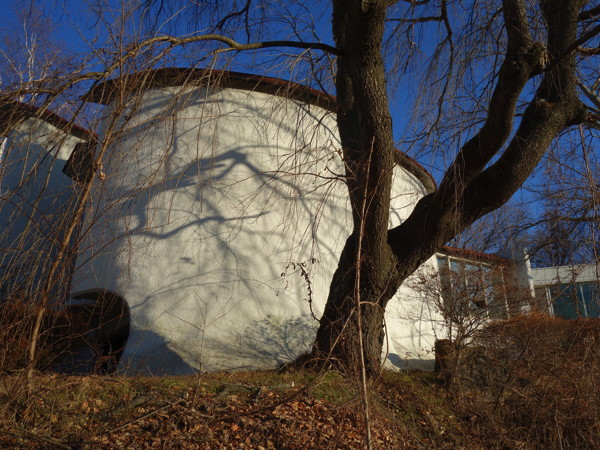
Another building.
This building behind the museum is the Keizo Koyama Memorial Museum. It was originally Koyama’s residence and studio built in Chigasaki City, Kanagawa Prefecture. After his death, it was donated to Komoro City.
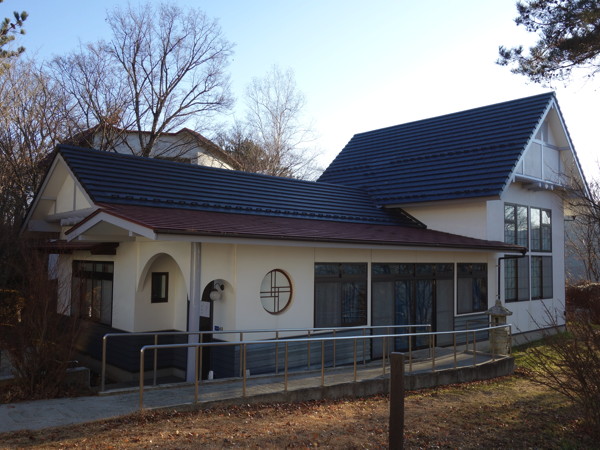
Unfortunately, I could not see the inside of the museum because there was a sign at the entrance saying that it was closed for the winter.
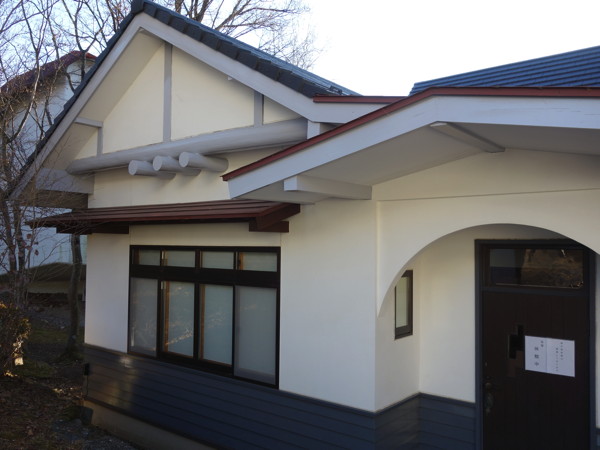
I didn’t take many pictures this time, so I don’t know what the building looks like when I look back at my own photos. To get an overall idea, I clipped an aerial photo from Google Maps.
I didn’t know it looked like this.

After visiting the exterior of the building, I left the Keizo Koyama Museum of Art.

Finally, I must confess that I had no idea that this museum was designed by Togo Murano until just a few minutes ago. When I was going to write a blog, I checked the Komoro City website about Kaiko-en and found that it was designed by Togo Murano.
What? Was it? So I wrote it in the title of my blog. If I had known that, I would have taken more photos of the building.
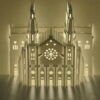
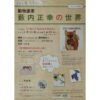
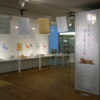
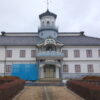
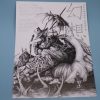
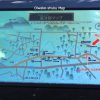

Recent Comments